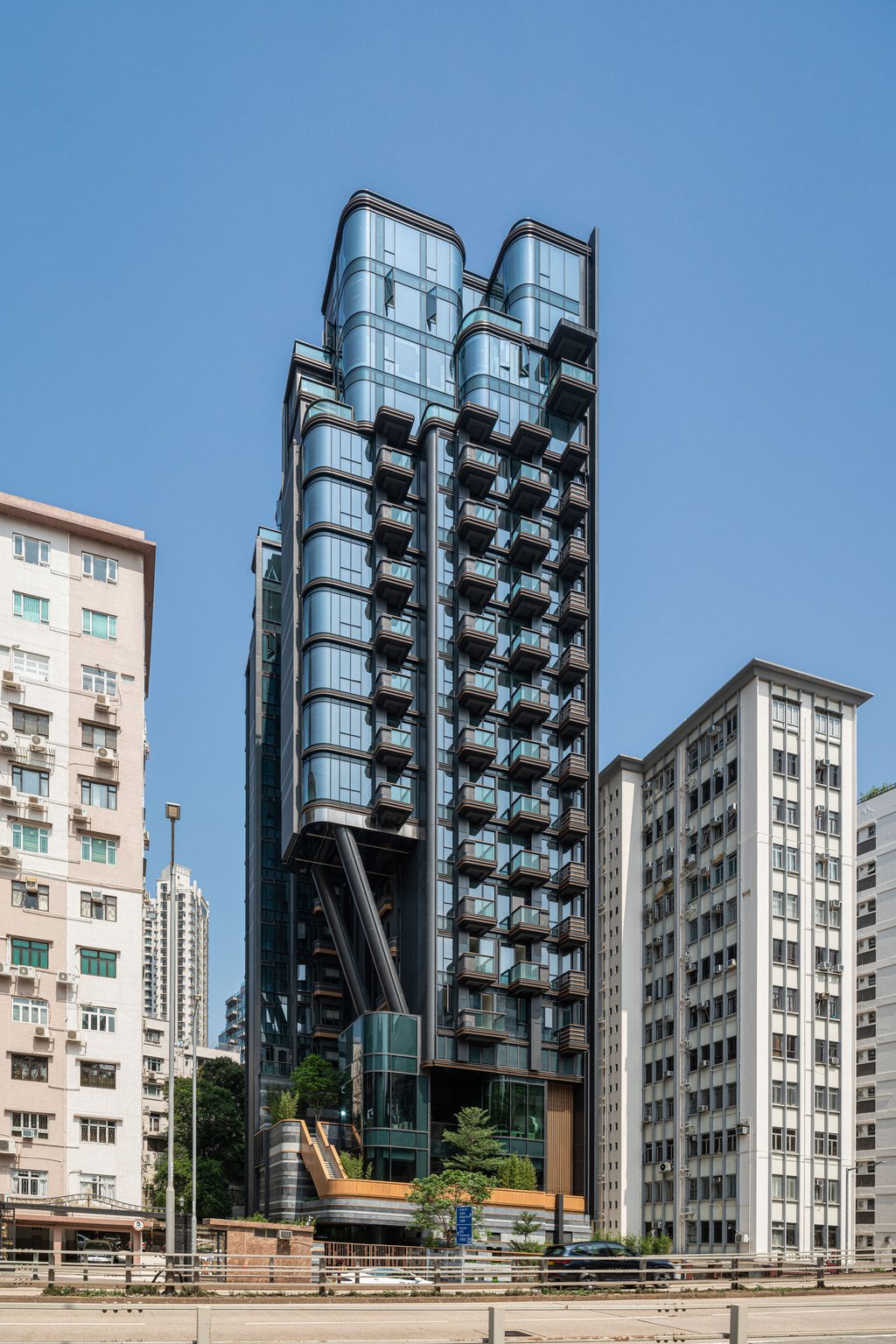Building Hong Kong’s sustainable homes: greener, healthier and more liveable spaces for the modern urban dweller, from eco-furniture to energy-saving devices and smart appliances

- Better access to sustainable materials for healthier homes has eased the task of turning existing buildings and living spaces greener
- Recycled or upcycled materials are gaining popularity, along with homeware made from materials like fast-growing bamboo and textiles derived from natural fibres
If Hong Kong is to realise its lofty sustainability goals, our homes must look, feel and function very differently to those that have gone before.
Smarter, greener buildings are a core component of the city’s ambition to achieve carbon neutrality by 2050, and the substantial upside for occupants is enhanced liveability. There is growing evidence linking the green credentials of cities with improved individual health, happiness and overall well-being so there is every incentive to make this change in our approach.

Climate change has sharpened the focus. According to the Hong Kong Green Building Council, buildings in Hong Kong consume 90 per cent of the city’s electricity while generating more than 60 per cent of its carbon emissions, making decarbonisation of the construction industry a “critical” step.
It’s not a new concept for Hong Kong, where a self-sustaining Eco Home was unveiled in 2012. Part of the CIC-Zero Carbon Park in Kowloon Bay, the prototype’s passive design and climate responsiveness showed how comfortable indoor life can be without artificial intervention.

Architecture practice Ronald Lu & Partners was involved in the project, with Bryant Lu, vice-chairman, tracing its origin to the outbreak of severe acute respiratory syndrome (Sars) a decade earlier. That was when Hongkongers, long accustomed to air conditioning, began opening their windows to let in fresh air. The seeds were sown for the now prevailing trend of biophilic design – creating spaces that connect people with nature – which was accelerated further by the Covid pandemic.
Over the past 25 years, there has been a big shift in the approach to and acceptance of sustainability, Lu observed. And sustainable cities are also healthier cities, he added, hence the overall “wellness objective” of urban planning.

Visible signs of change include new landscape concepts such as sky gardens and vertical plantings, which have emerged to meet the government guidelines for green coverage on buildings.